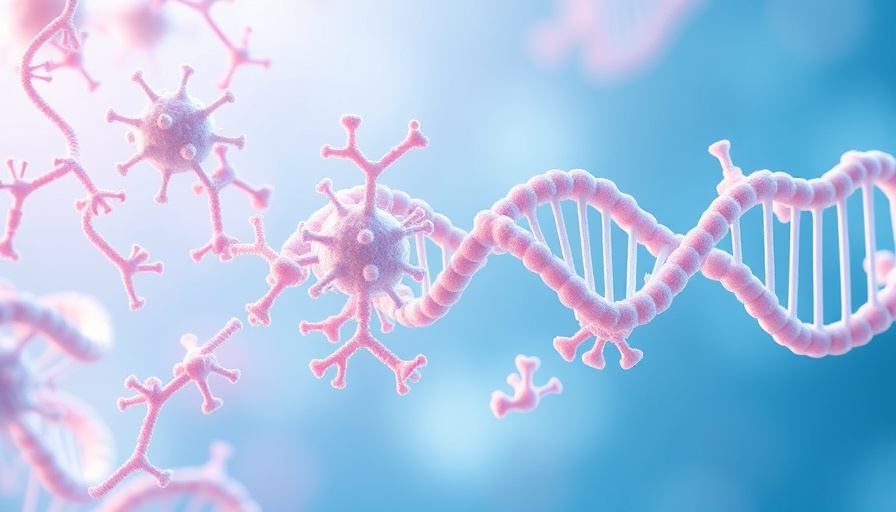
Understanding AcrVIB1: A Game-Changer for CRISPR Technology
The CRISPR-Cas system is often likened to genetic scissors, allowing scientists to cut and modify DNA with unprecedented precision. This remarkable technology holds immense potential for treating genetic diseases and developing antiviral therapies. However, as with any powerful tool, there are challenges to unlocking its full potential. One of these challenges is the need for effective control mechanisms. Enter AcrVIB1, an anti-CRISPR protein with the ability to inhibit CRISPR-Cas activities in a unique and unexpected manner.
The Dynamics of an Ancient Arms Race
Bacteria and viruses, known as phages, have engaged in a persistent evolutionary battle over eons. To defend against phage attacks, bacteria evolved the CRISPR-Cas system, which acts as an adaptive immune response. However, phages have countered this defense by developing anti-CRISPR proteins like AcrVIB1. This ongoing arms race highlights the intricate interplay between pathogenic organisms and their hosts, where innovation on one side prompts adaptations on the other.
AcrVIB1: The New Player in CRISPR Regulation
Interestingly, AcrVIB1 targets the Cas13b nuclease, a specific component of the CRISPR-Cas system responsible for RNA interference. Instead of simply blocking crRNA binding, AcrVIB1 enhances it, creating a complex that, while tightly bound, fails to trigger the degradation of target RNAs. This ingenious mechanism transforms Cas13b into a dead end for crRNA, preventing both effective target recognition and subsequent degradation.
Implications for Biotechnology
The revelation of AcrVIB1's mechanism opens new avenues in biotechnology. By utilizing AcrVIB1 or similar molecules, researchers could potentially gain greater control over CRISPR systems. Such advancements may enhance the safety and specificity of CRISPR-based applications, especially in therapeutic settings. The deeper understanding of how AcrVIB1 operates not only advances basic science but also has practical implications for medicine, potentially leading to innovative therapies and improved diagnostics for various diseases.
A Future of Innovations
The research conducted by the Helmholtz Institute for RNA-based Infection Research and Helmholtz Centre for Infection Research not only elucidates the role of AcrVIB1 but also sets the groundwork for future studies on other anti-CRISPR proteins. Understanding these proteins better will offer insights into the co-evolution of microbes and their pathogens, which could prove invaluable in developing new antibiotics and biosynthetic solutions. This exploration into CRISPR regulation could lead to breakthroughs that extend far beyond our current capabilities.
Conclusion
The advanced understanding of AcrVIB1's function underscores the complexity and versatility of the CRISPR-Cas system. As researchers continue to unravel these biological mysteries, the potential applications in medicine, biotechnology, and synthetic biology expand exponentially. Keeping an eye on the evolving landscape of gene editing technologies is essential for harnessing their benefits while mitigating risks.
 Add Row
Add Row  Add
Add 




Write A Comment